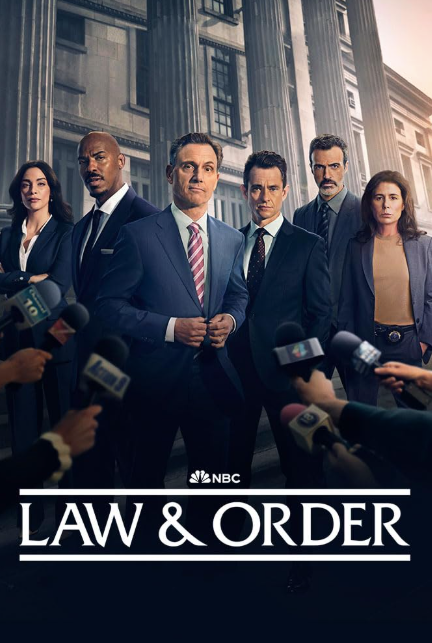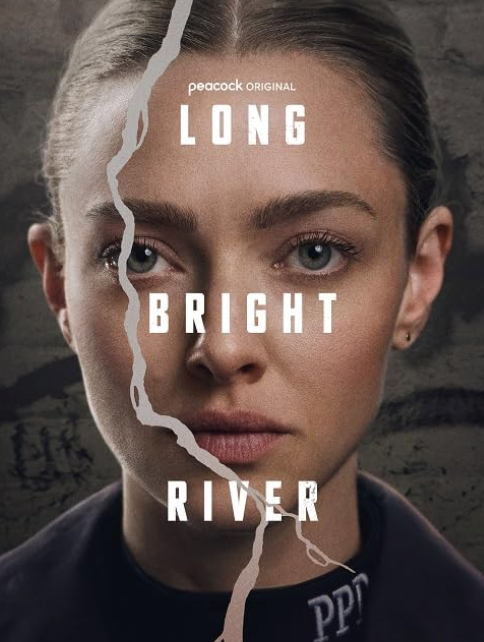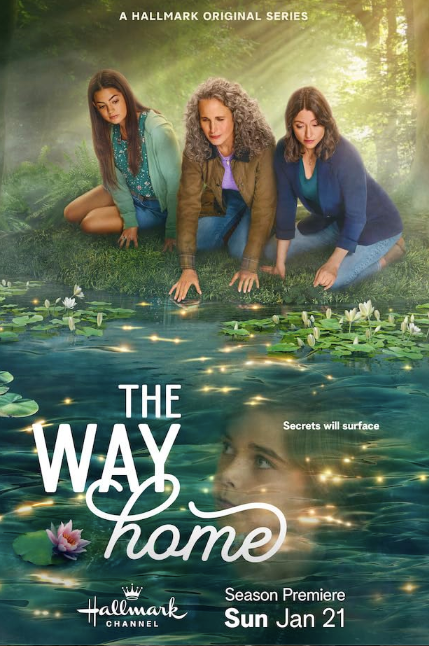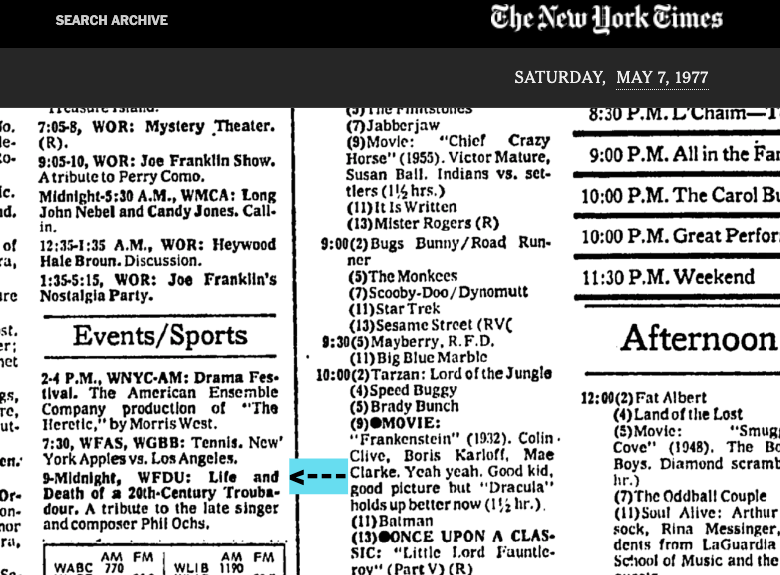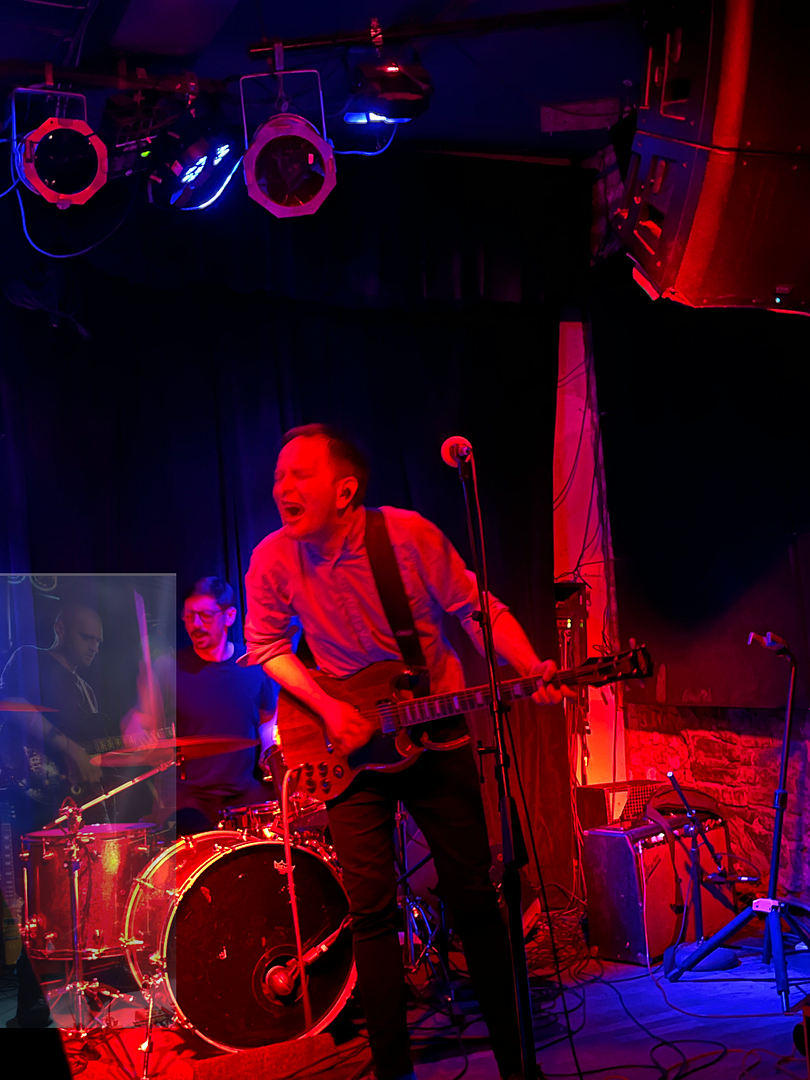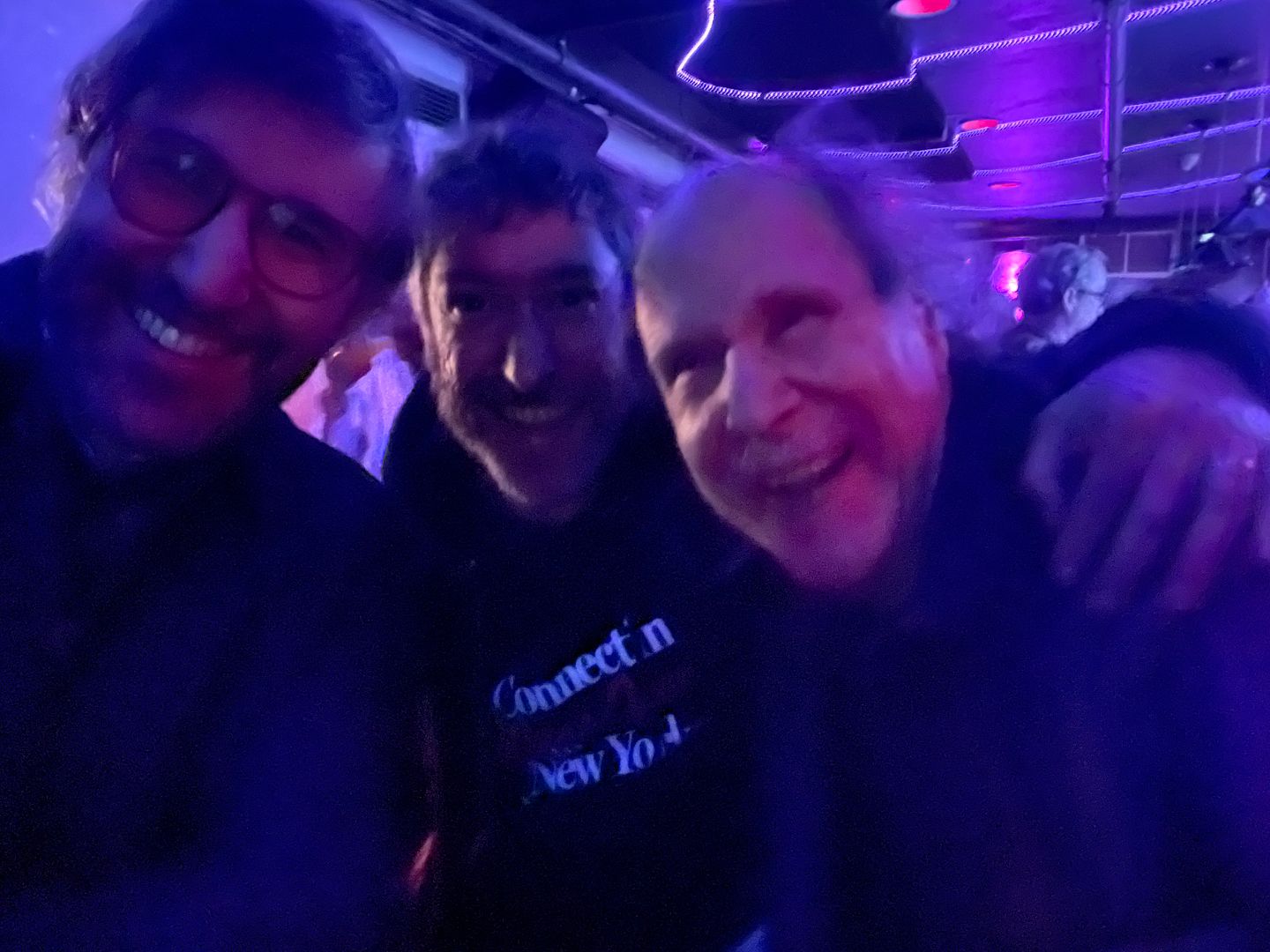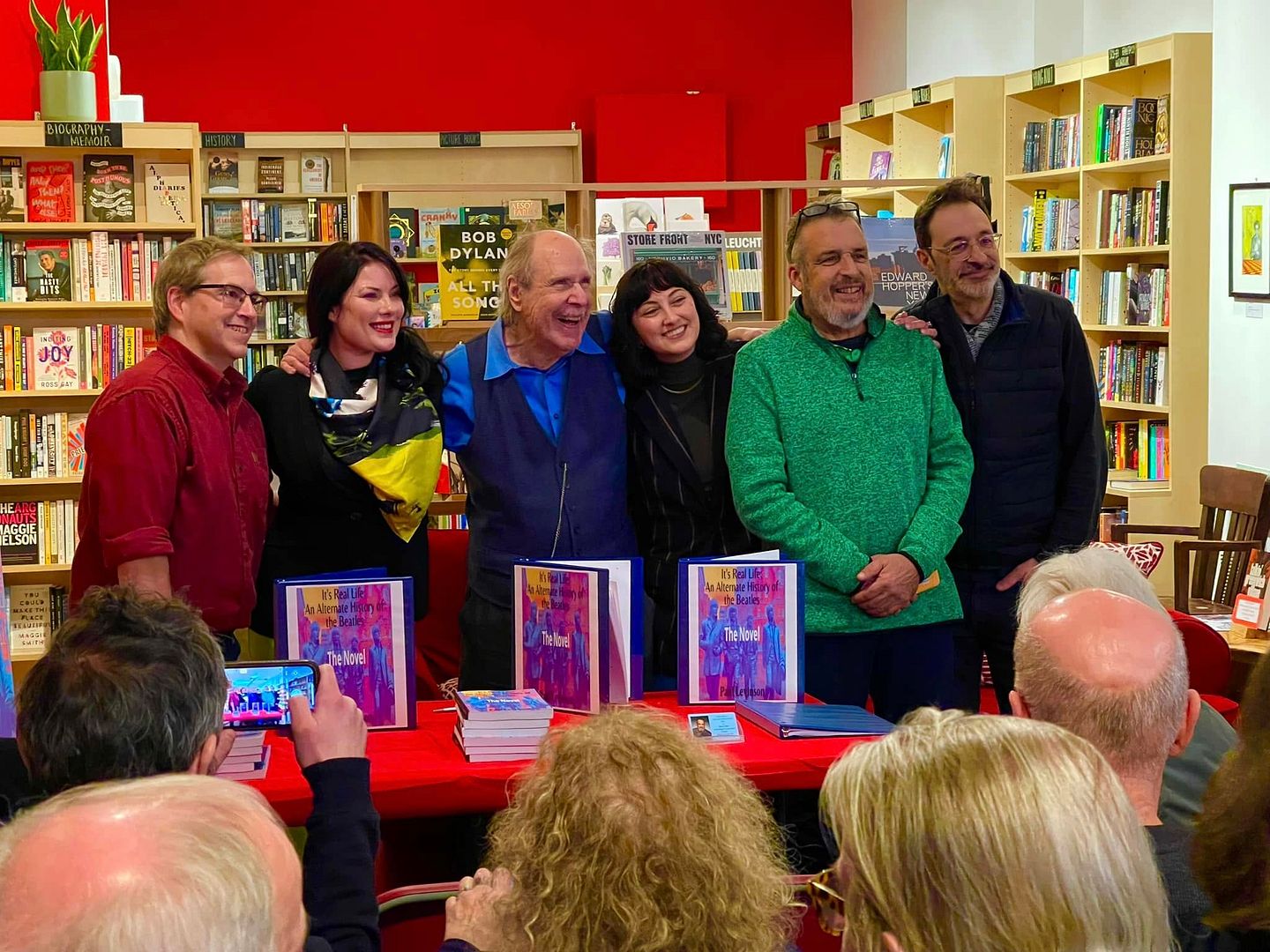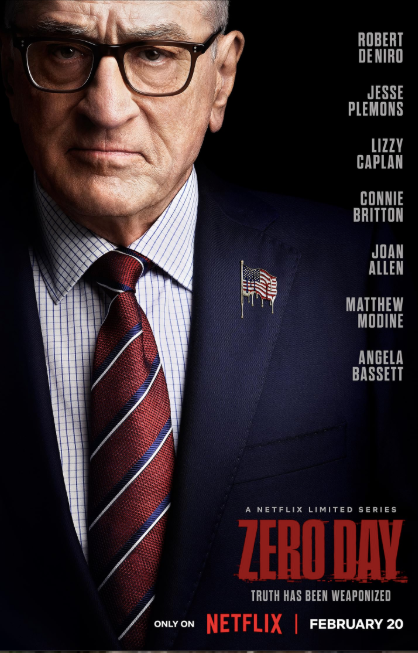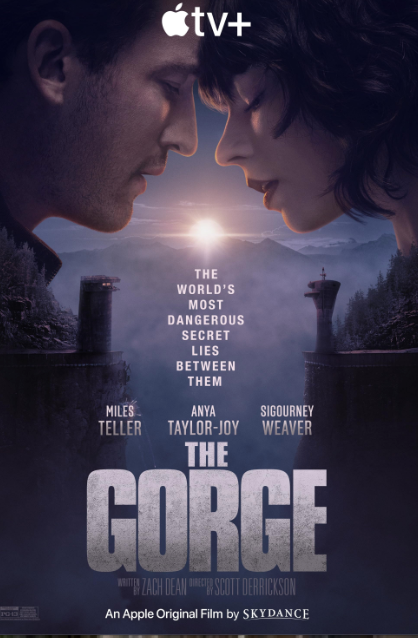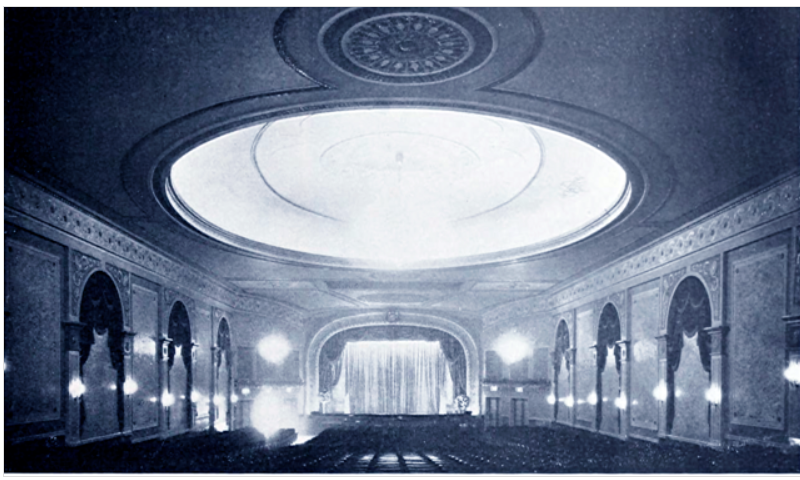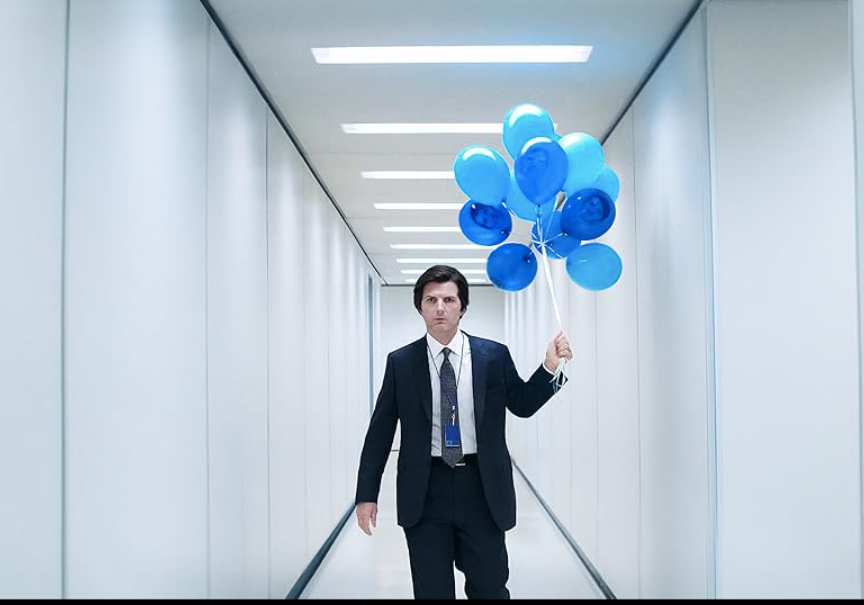
The above is the unspoiler part of my review. [Here, then, is the warning about spoilers ahead ... ]
The biggest question in this finale is why Mark chooses his budding innie Love Helly instead of his deeper and longer outie love, Gemma. Actually, we know why Mark made that choice -- his innie is falling in love with Helly -- which I've been entirely in favor of -- instead of the wife that his outie has been yearning for. We know the proximate cause -- or what Aristotle would the "efficient" cause -- of why that happened: Mark was his innie at the time he made that choice.
But, wait a minute. I thought Mark's outie had been undergoing some integration process which would unify his innie and outie. He was, and we've seen some evidence that this process was working, at least in several episodes that preceded the finale. And, indeed, the finale took some pains to indicate there was still some separation -- aka, lack of integration -- between Mark's innie and outie. In one of the best scenes in the series, we have Mark's two beings talking to each via recordings via a device that looks it was last used in maybe the 1980s. That scene ended in argument and frustration. Which of course was necessary to set up Mark's innie going his own way at the end. (By the way, they played "Windmills of Your Mind" at the end, which was an appropriate enough choice, but I would've preferred "You Can Go Your Own Way".) From a narrative point of view, I think the lack of integration should have shown itself in a more predominant fashion prior to this finale. As it was presented, it seemed like a little bit too much in one short hour, put in the hour to set up and justify the ending. Or, to stay with Aristotelian philosophy, the efficient cause -- Mark's innie -- was a little too patly set up to justify the final cause, which was Mark's innie of course choosing Helly.
But there were some elements that were especially gratifying to see. Mr. Drummond was an arch Lumon sadistic monster. It was good to see him die, and it was a nice touch that we don't know if the killer was Mark's innie or outie, because he shifted from one to another in that notorious elevator, and it's pretty likely that it was the finger on the trigger undergoing the shift and twitching that pulled the trigger. In other words, the efficient cause in the killing of Drummond is a question mark -- a question mark about which Mark pulled the trigger -- and, come to think about it, a question mark as to Mark, whether he was his innie or his outie -- deliberately pulled the trigger. Though whereas the innie or outie is a 50/50 proposition, the deliberate or accidental question seems much likely answered as accidental.
The other scene I really liked was that woman with the goat. She not only saved the goat, she saved Mark. If there was an Emmy Award for actor who saved both the star of the series and a goat, it would be this woman. (Ok, the character's name is Lorne, and actor's name is Gwendoline Christie). And the goat's performance was pretty impressive, too. It had a name, too -- Emile. Hey, how about an Emmy for Emile for best non-human actor in a series?
Back to what I thought could have been better: I'd say Milchick could have had a bigger role. I mean, locked in a bathroom only gives you so much room for exposition, and when he was out of the bathroom he really didn't do that much, either.
But, all in all, Severance established itself in this second season as an exceptionally original and remarkable science fiction series. I'll be back here with reviews of the third season as soon as it's up on Apple TV+.
See also Severance 2.1: Ultimate Fake News? ... Severance 2.2: MultipleDylans ... Severance 2.3: Innies<->Outies ... Severance 1.4: Innies Out in the Snow ... 2.5: Watermelon Man ... 2.6: Tables ... 2.7: Gemma and the Dentist ... 2.8 Nordic Noir and Charles Babbage
